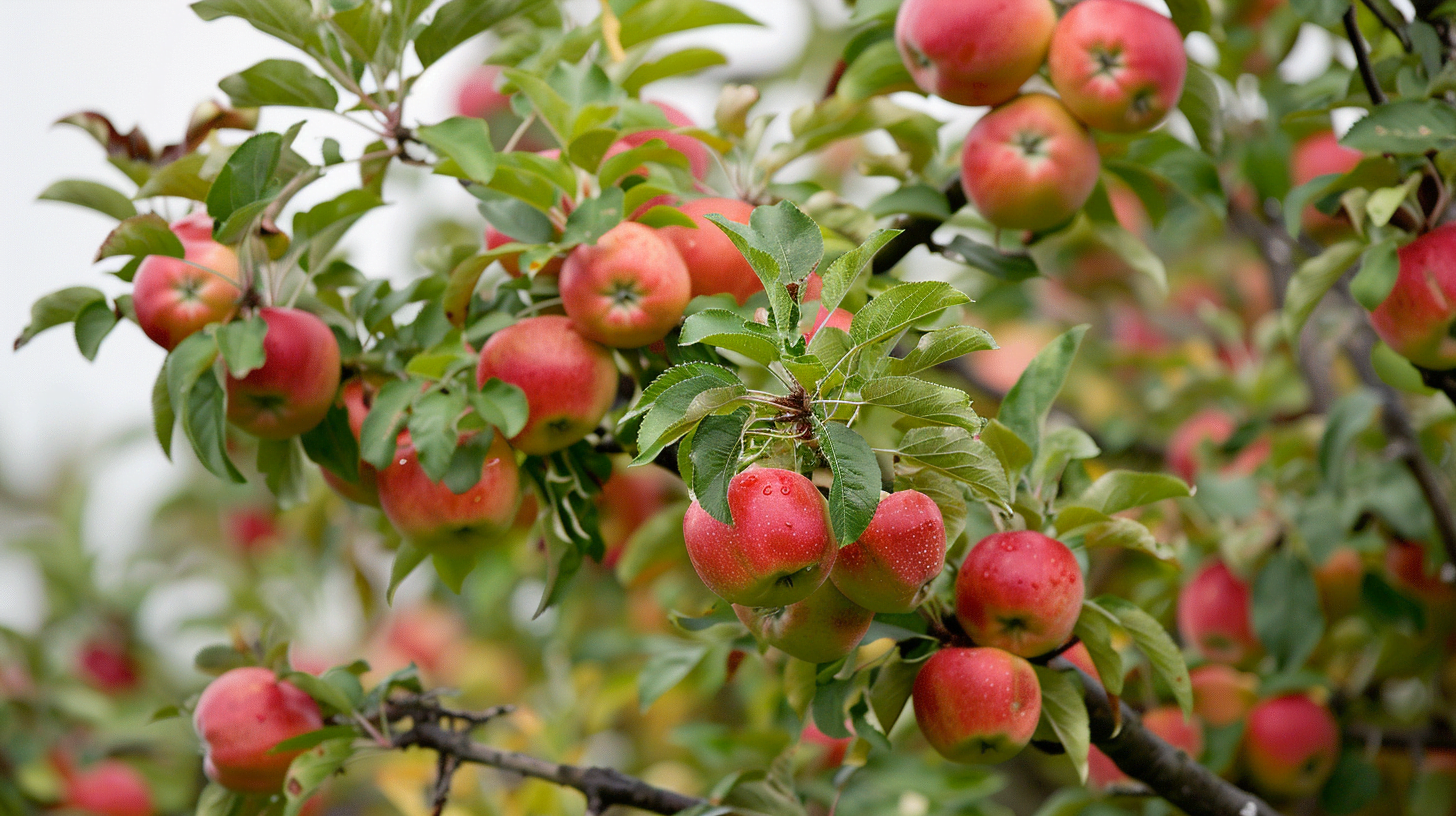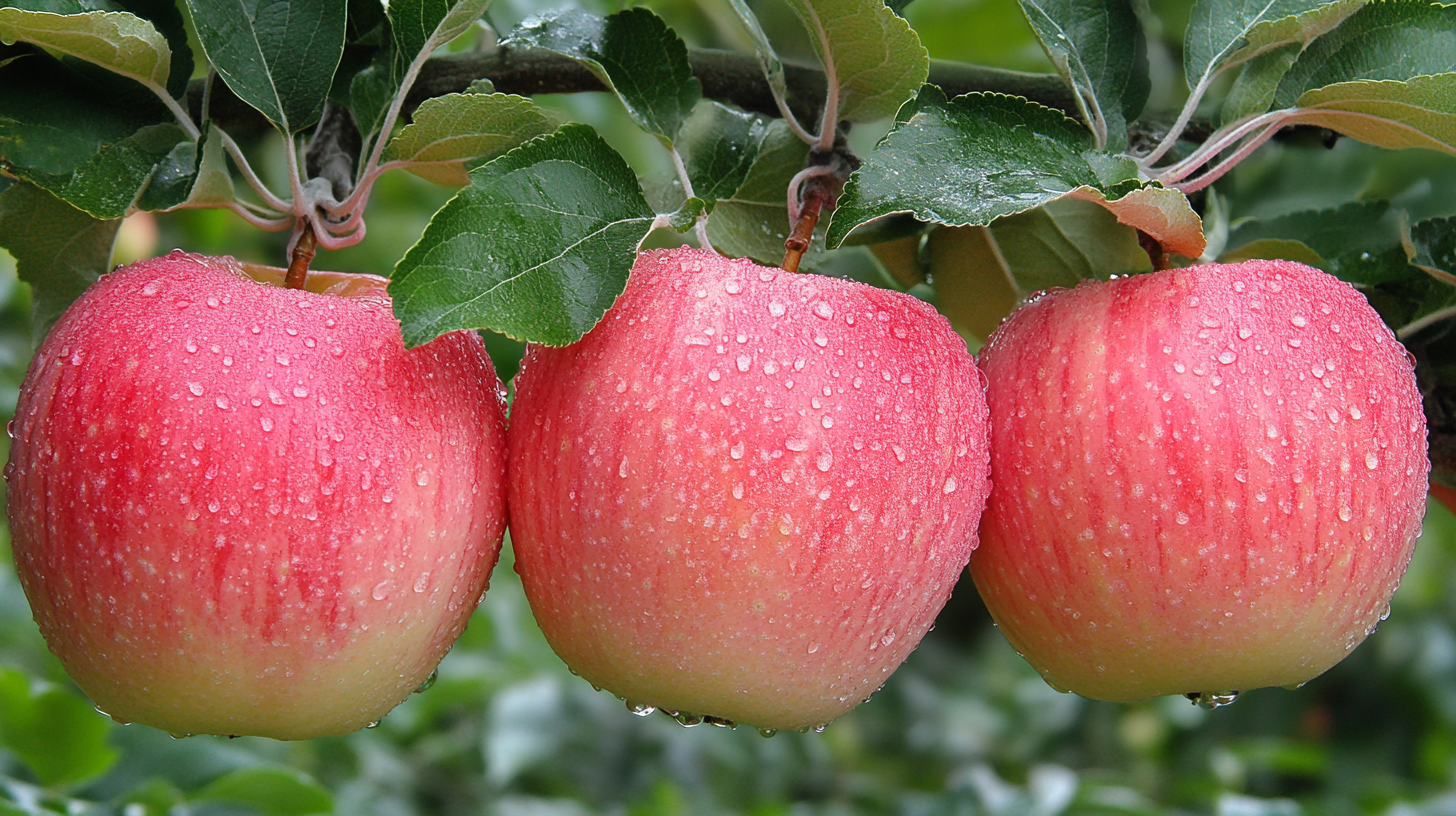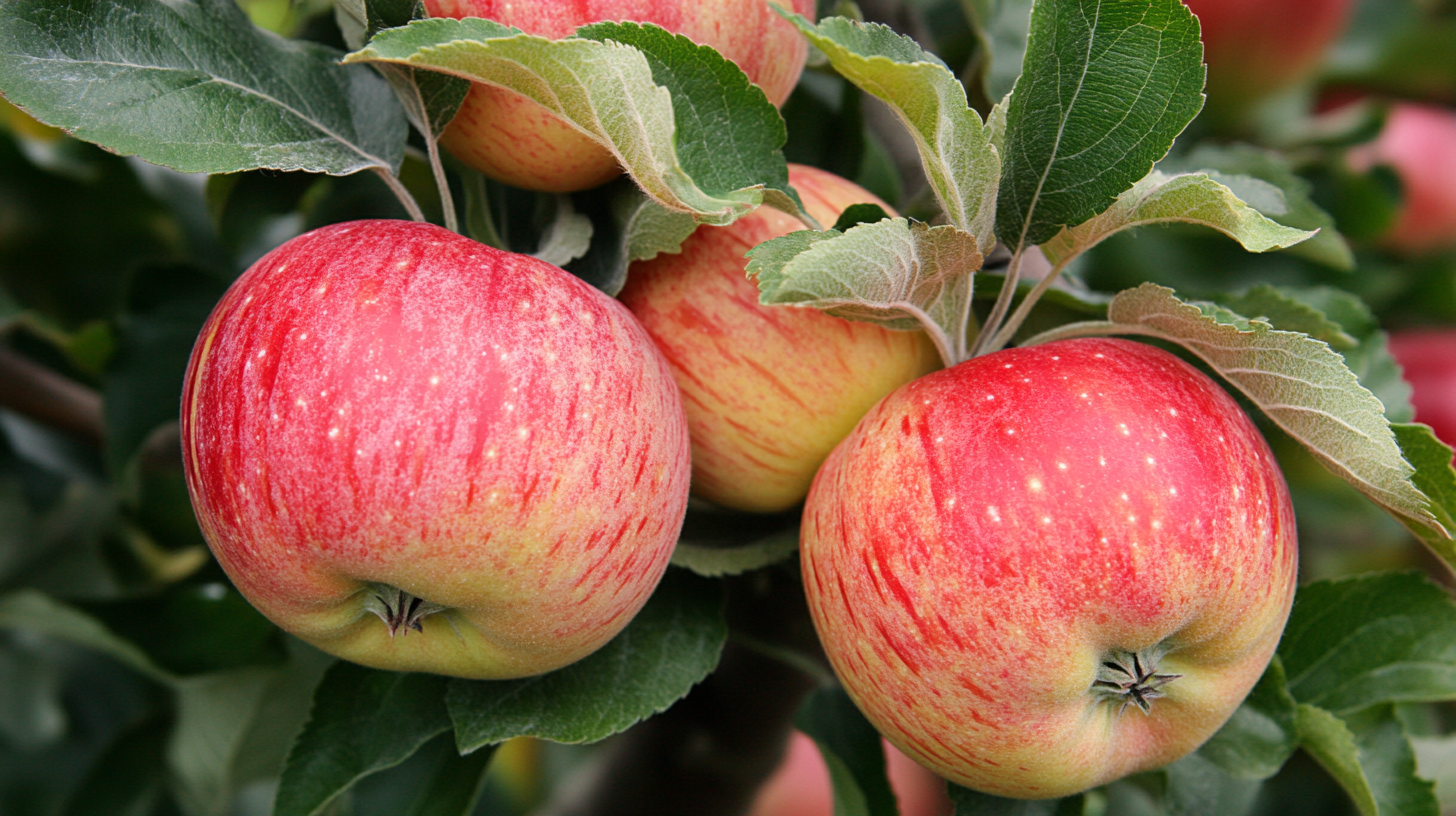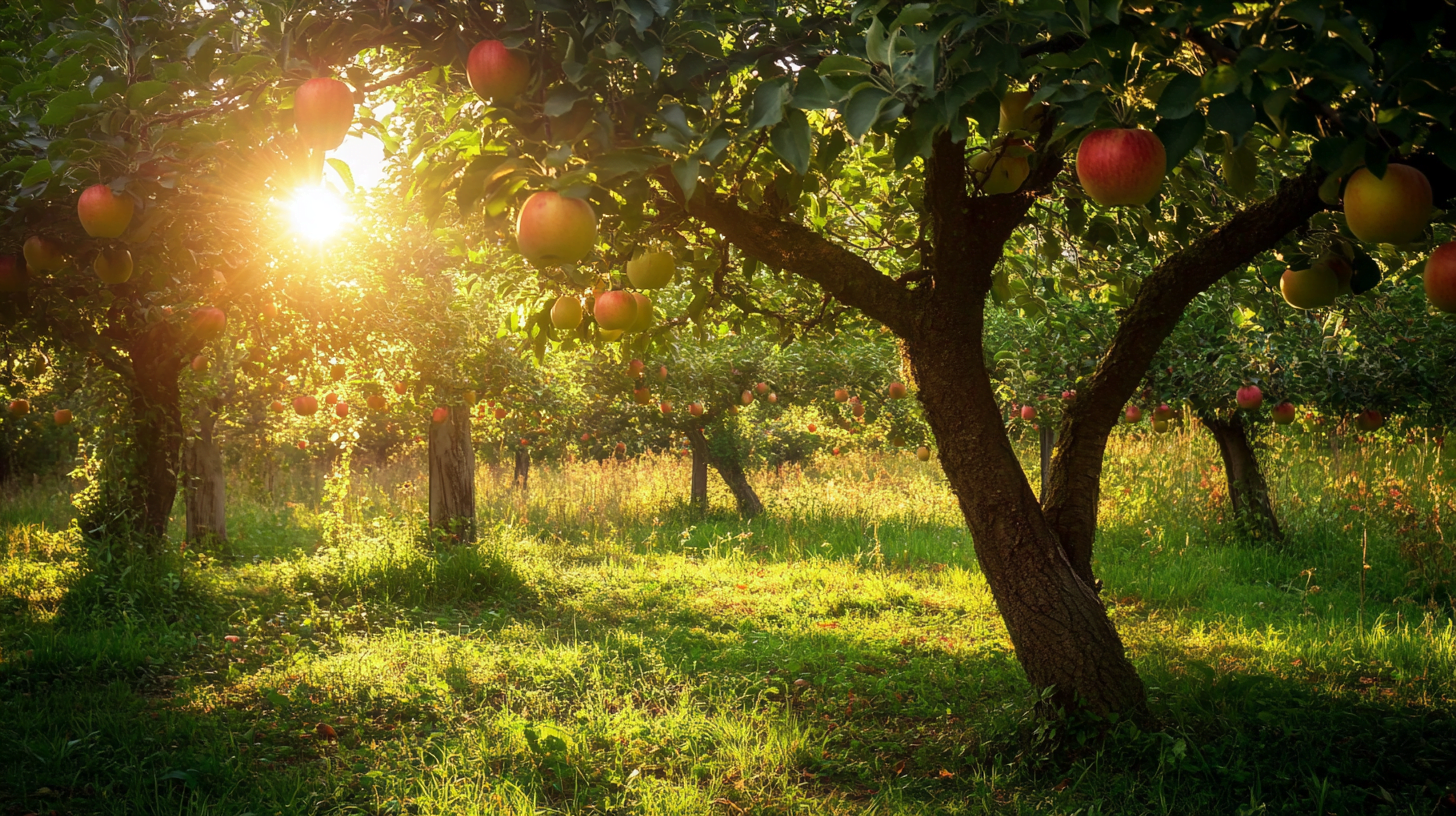Beautiful Plants For Your Interior

Table of Contents
Apple trees, known scientifically as Malus domestica, are a common sight in orchards and gardens around the world. But have you ever wondered about their botanical classification? Specifically, are apple trees angiosperms? In this comprehensive blog post, we’ll explore this question in depth, delving into the characteristics of apple trees, their life cycle, and their role in ecosystems. We’ll also discuss their economic and cultural significance, and provide practical tips for their cultivation and care.
What Are Angiosperms?
Angiosperms, also known as flowering plants, are the most diverse group in the plant kingdom. They are characterized by having flowers and producing seeds enclosed within a fruit. This group includes a vast array of plants, from tiny herbs to towering trees.
Characteristics of Angiosperms
- Flowers: The presence of flowers is a defining feature. These structures facilitate reproduction.
- Fruits: Angiosperms produce fruits that encase seeds, aiding in their dispersal.
- Diverse Forms: They range from grasses and shrubs to large trees.
Examples of Angiosperms
- Roses: Known for their beautiful flowers.
- Oak Trees: Large trees that produce acorns.
- Wheat: A staple crop with significant agricultural value.
Angiosperms play a crucial role in ecosystems and human agriculture, providing food, shelter, and oxygen.
Characteristics of Apple Trees
Apple trees are deciduous, meaning they shed their leaves annually. They are known for their sweet, edible fruits and beautiful blossoms.
Physical Characteristics
- Size: Apple trees can grow up to 30 feet tall.
- Leaves: They have simple, oval-shaped leaves with serrated edges.
- Flowers: Apple blossoms are typically white or pink and have five petals.
Growth Habits
Apple trees thrive in temperate climates. They require well-drained soil and full sunlight to produce the best fruit.
Fruit Production
Apple trees produce a variety of apples, differing in color, size, and taste. The fruit is not only delicious but also packed with nutrients.
Are Apple Trees Angiosperms?
Yes, apple trees are indeed angiosperms. They belong to the Rosaceae family, which includes other fruit-bearing plants like pears and cherries.
Botanical Evidence
- Flower Structure: Apple trees produce flowers, a key characteristic of angiosperms.
- Fruit Development: The apples themselves are fruits that encase seeds, another hallmark of angiosperms.
Comparison with Other Angiosperms
Apple trees share many traits with other angiosperms, such as flowering and fruit production. However, they have unique features that distinguish them within the plant kingdom.
The Life Cycle of an Apple Tree
Understanding the life cycle of an apple tree provides insight into its classification as an angiosperm.
Seed Germination
Apple seeds require a period of cold stratification to germinate. This process mimics winter conditions, breaking seed dormancy.
Growth Stages
- Seedling: The young plant emerges from the soil.
- Sapling: The tree grows taller and develops more leaves.
- Mature Tree: The tree reaches its full height and begins to produce flowers and fruit.
Reproduction
Apple trees reproduce sexually through their flowers. Pollination, often facilitated by bees, leads to fertilization and fruit development.
The Role of Flowers in Apple Trees
Flowers are essential for the reproduction of apple trees.
Flower Structure
Apple blossoms have five petals, numerous stamens, and a central pistil. This structure is typical of many angiosperms.
Pollination
Pollination occurs when pollen from the stamens is transferred to the pistil. Bees and other insects play a crucial role in this process.
Fertilization
Once pollination occurs, fertilization takes place within the flower, leading to the development of seeds and fruit.
The Importance of Apple Trees in Ecosystems
Apple trees are not just important for their fruit; they play a vital role in their ecosystems.
Ecological Role
- Habitat: Apple trees provide shelter for various animals and insects.
- Food Source: The fruit is a food source for wildlife, including birds and mammals.
Biodiversity
Apple trees contribute to biodiversity by supporting a wide range of species.
Wildlife
- Birds: Many bird species feed on apples and use the trees for nesting.
- Insects: Bees and other pollinators rely on apple blossoms for nectar.
Cultivation and Care of Apple Trees
Growing apple trees requires knowledge and care to ensure healthy growth and fruit production.
Planting
- Site Selection: Choose a location with full sunlight and well-drained soil.
- Spacing: Plant trees at least 15-20 feet apart to allow for growth.
Maintenance
- Watering: Regular watering is essential, especially during dry periods.
- Pruning: Prune trees annually to remove dead branches and promote healthy growth.
Pest and Disease Management
- Common Pests: Apple trees can be affected by pests like aphids and codling moths.
- Diseases: Watch for signs of diseases such as apple scab and fire blight.
Economic and Cultural Significance of Apple Trees
Apple trees have a profound impact on both the economy and culture.
Agricultural Value
- Production: Apples are one of the most widely grown fruits globally.
- Economy: The apple industry contributes significantly to the agricultural economy.
Cultural Impact
- Symbolism: Apples have symbolic meanings in various cultures, often representing knowledge and temptation.
- Traditions: Apple picking and cider making are popular traditions in many regions.
Products
- Apples: Consumed fresh or used in cooking and baking.
- Cider: Fermented apple juice is a popular beverage.
- Wood: Applewood is valued for its use in smoking meats and making furniture.

Common Varieties of Apple Trees
There are numerous varieties of apple trees, each with unique characteristics.
Popular Varieties
- Granny Smith: Known for its tart flavor and green skin.
- Red Delicious: Sweet and crisp with a deep red color.
- Honeycrisp: Popular for its juicy, sweet-tart flavor.
Characteristics
- Flavor: Ranges from sweet to tart.
- Texture: Can be crisp, soft, or somewhere in between.
- Color: Apples come in various colors, including red, green, and yellow.
Growing Conditions
Different varieties may have specific growing requirements, but all generally need full sun and well-drained soil.
Frequently Asked Questions About Apple Trees and Angiosperms
Are all fruit trees angiosperms?
Yes, all fruit trees are angiosperms because they produce flowers and fruits.
How do apple trees differ from other angiosperms?
Apple trees have specific characteristics, such as their unique flower structure and fruit type, that distinguish them from other angiosperms.
What are the benefits of growing apple trees?
Growing apple trees provides fresh fruit, supports local wildlife, and can be a rewarding gardening experience.
Conclusion
In summary, apple trees are indeed angiosperms, sharing many characteristics with other flowering plants. They play a vital role in ecosystems, have significant economic and cultural value, and can be a joy to cultivate. Whether you’re a gardener, a nature enthusiast, or simply someone who enjoys a crisp apple, understanding the nature of apple trees enriches your appreciation of these remarkable plants.


